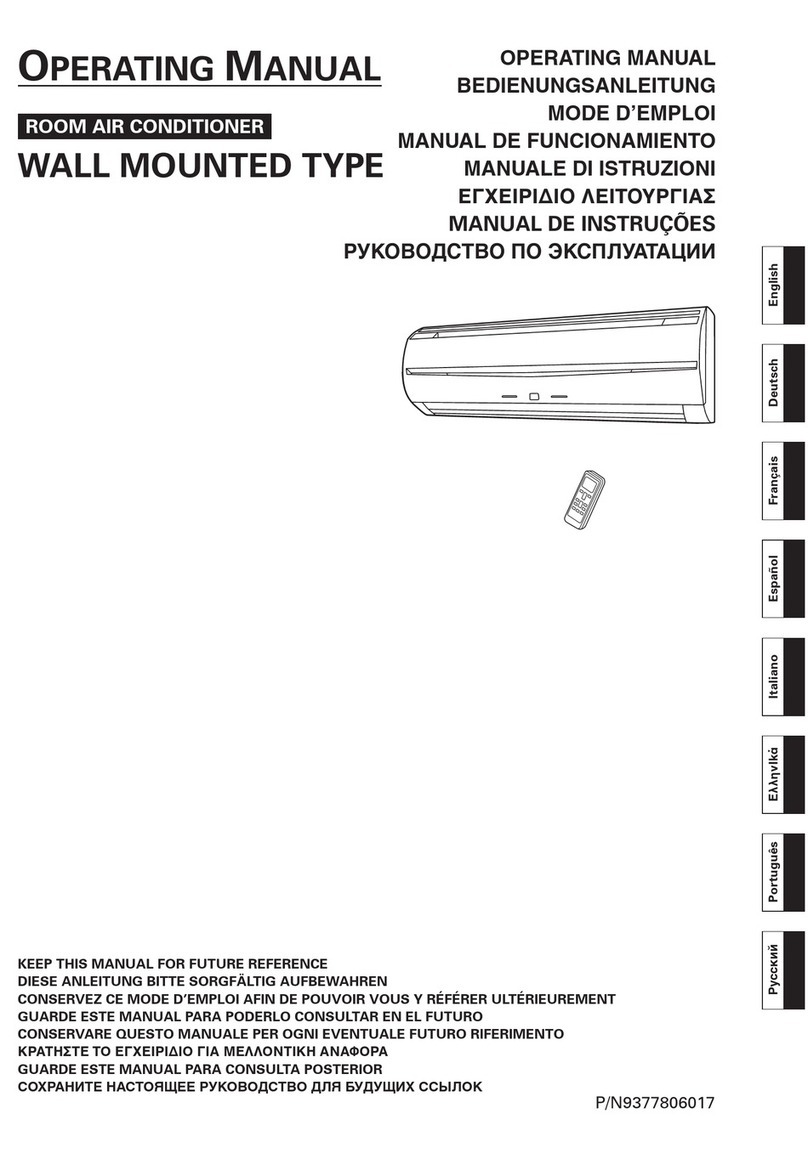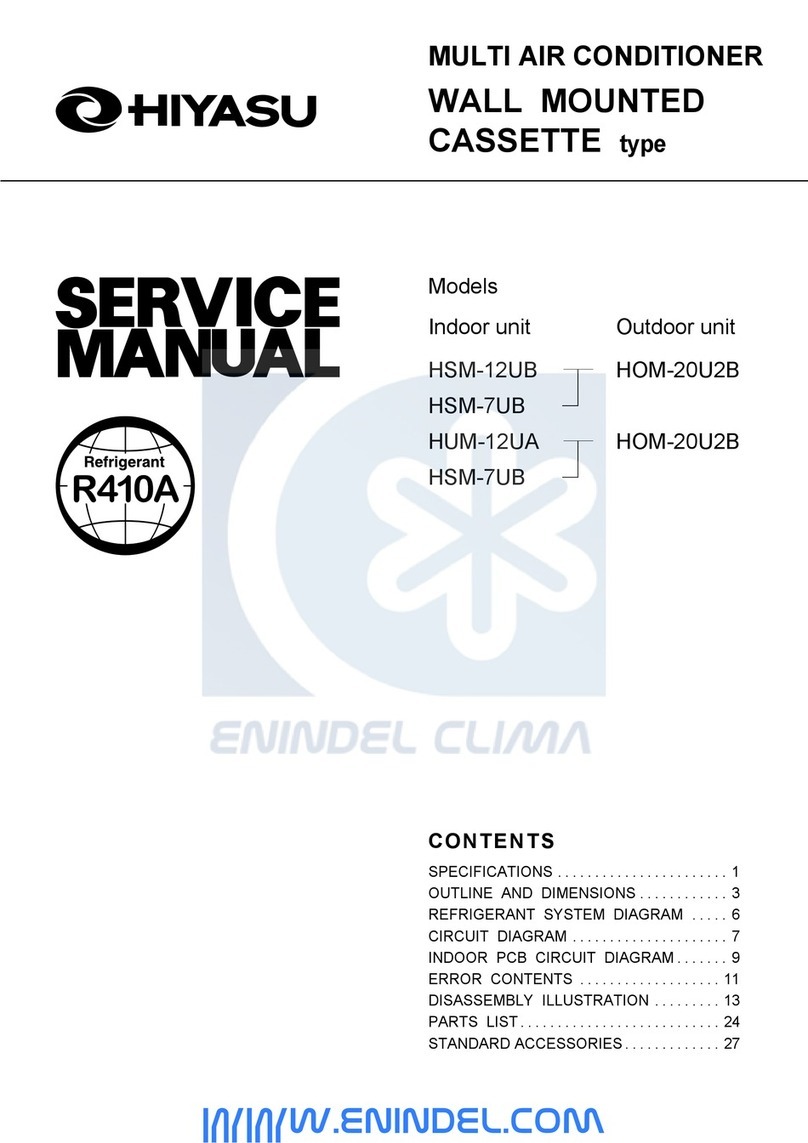Hiyasu ASH14F User manual















Table of contents
Other Hiyasu Air Conditioner manuals
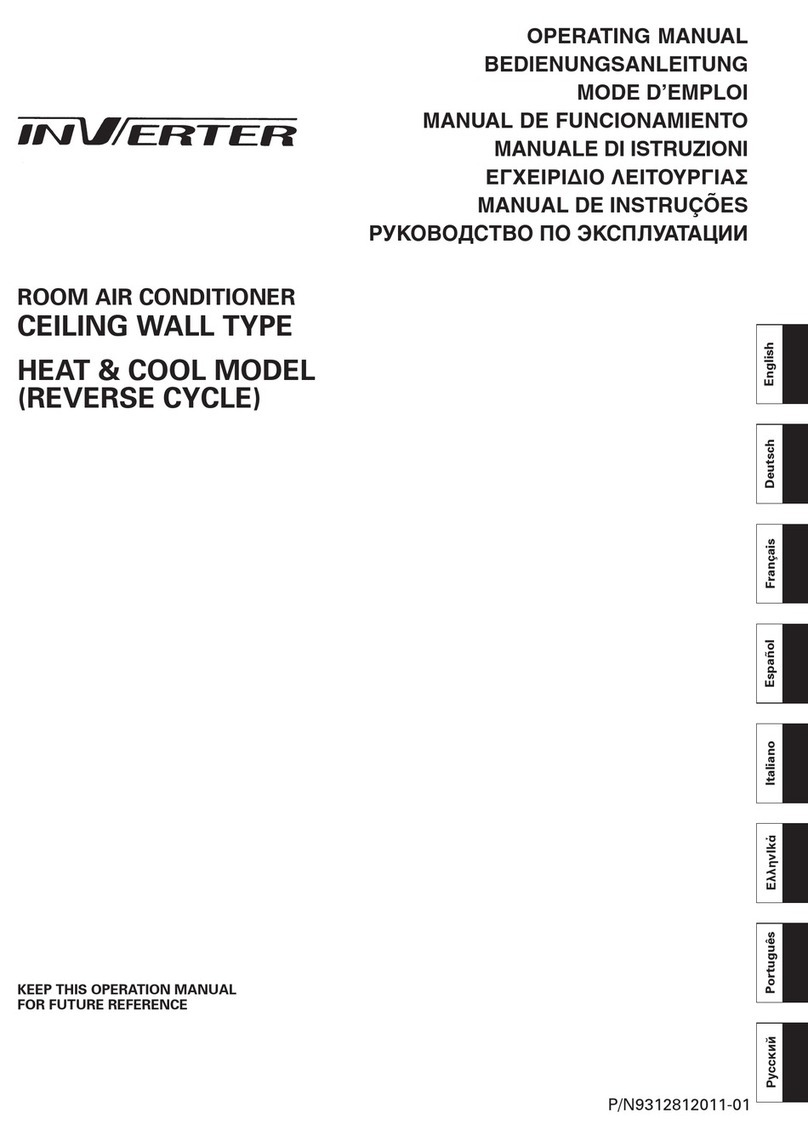
Hiyasu
Hiyasu AWH14UI User manual
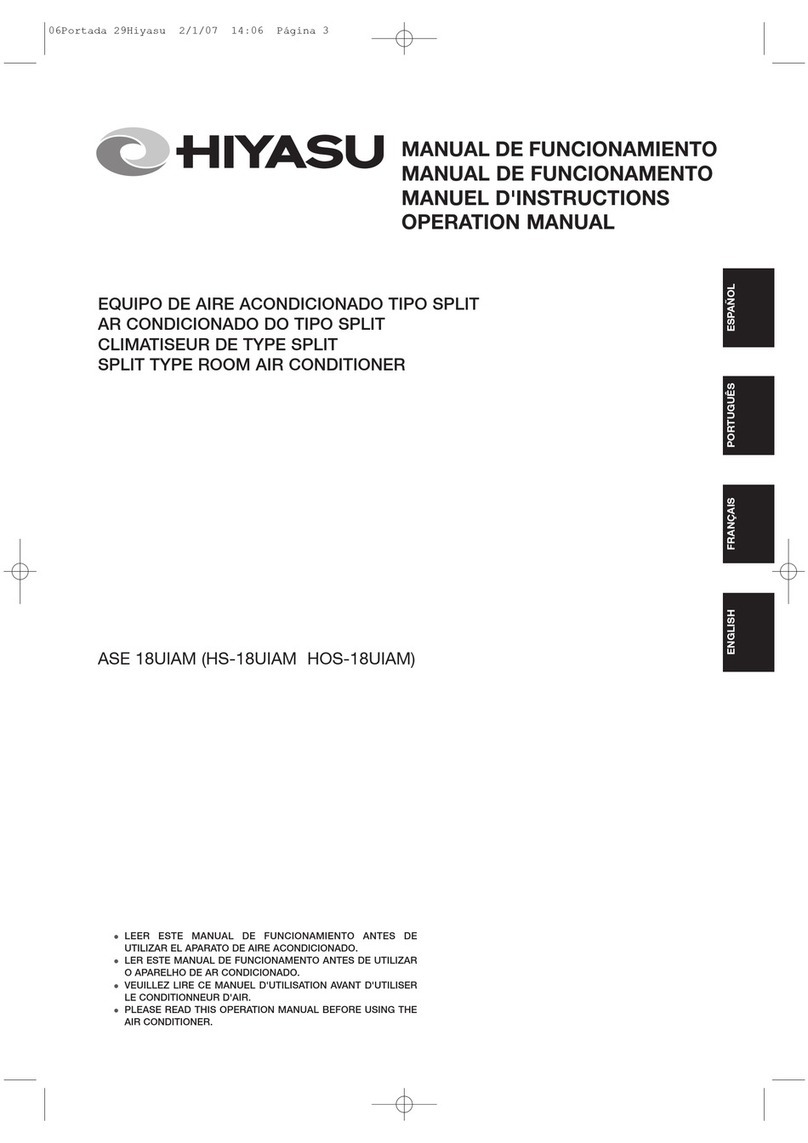
Hiyasu
Hiyasu ASE 18UIAM User manual
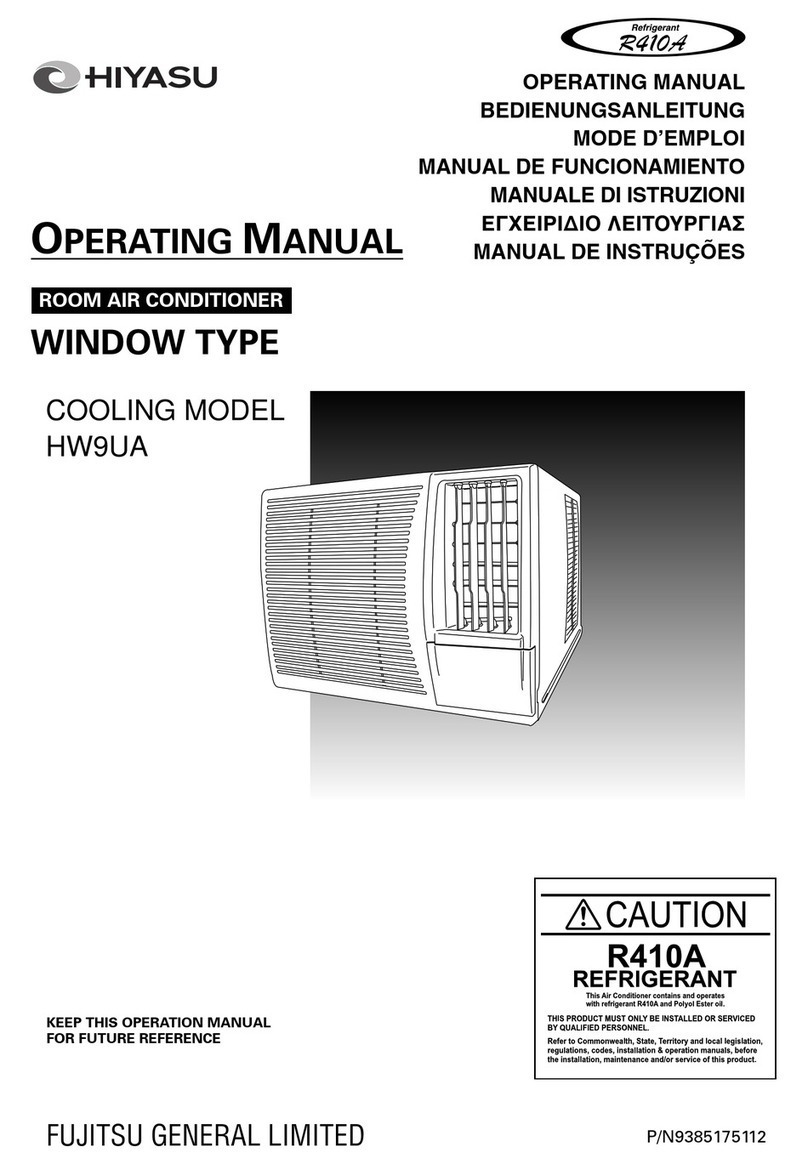
Hiyasu
Hiyasu HW9UA User manual
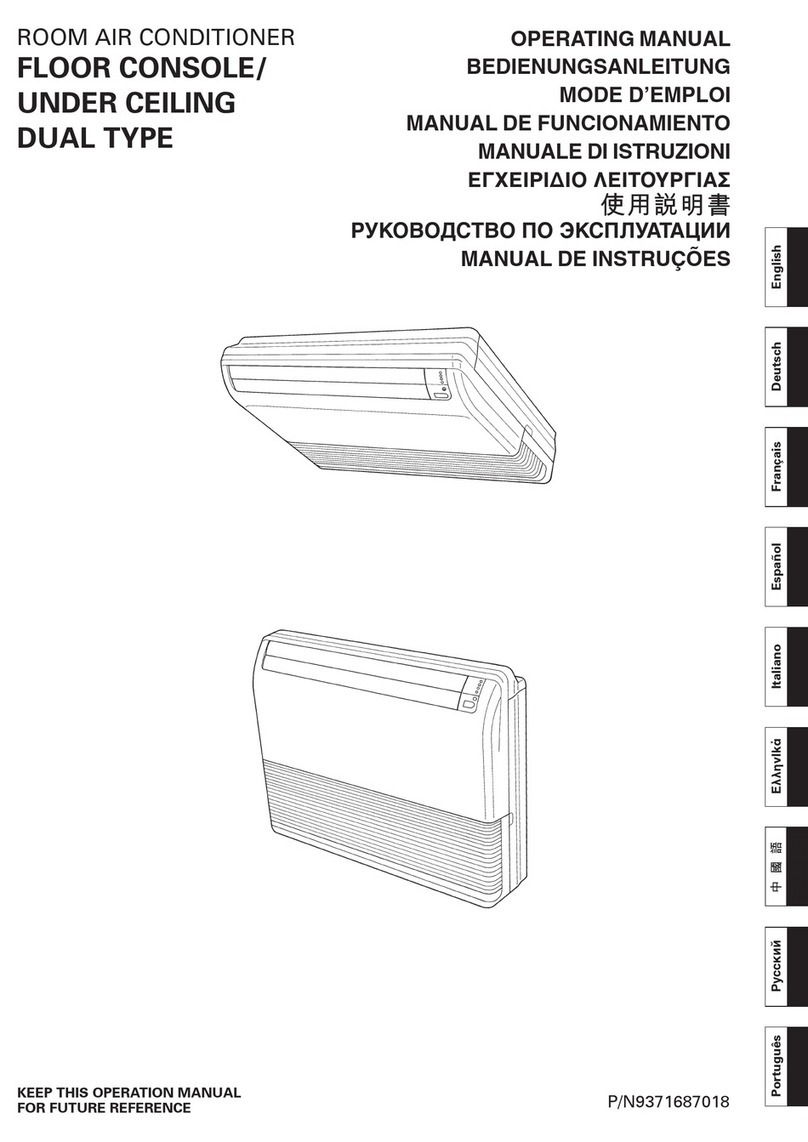
Hiyasu
Hiyasu ABH14A User manual
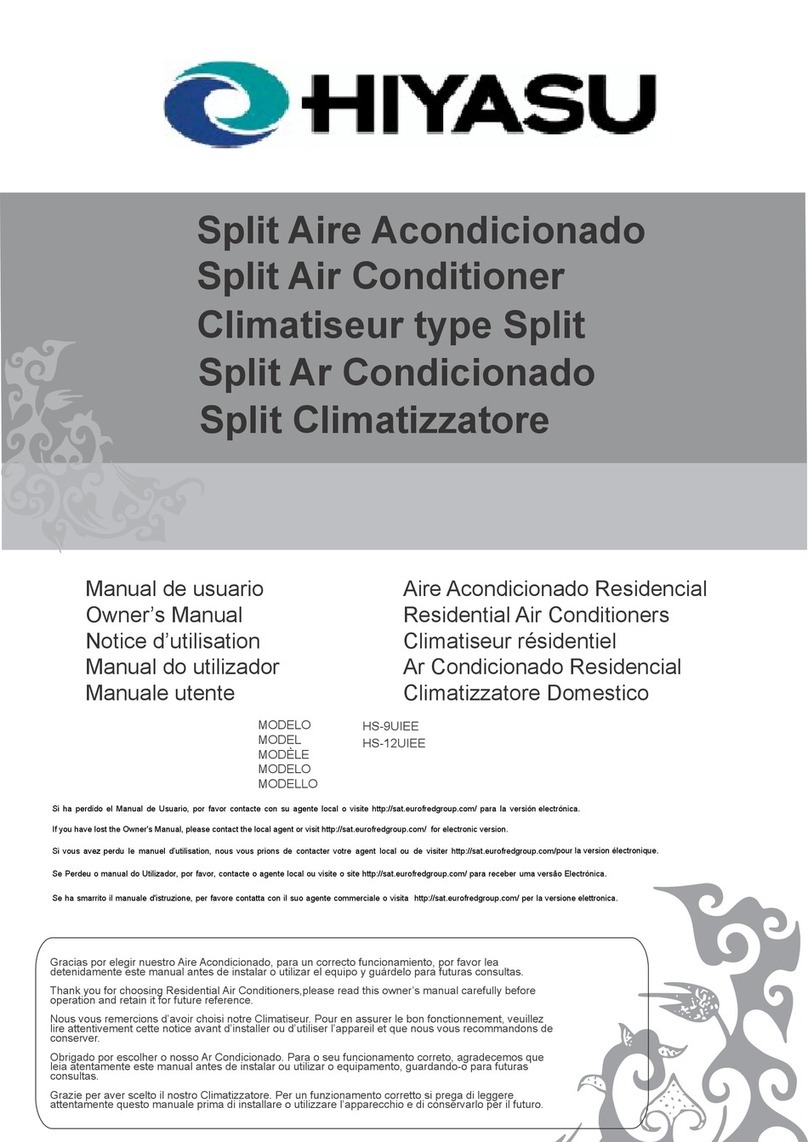
Hiyasu
Hiyasu HS-9UIEE User manual

Hiyasu
Hiyasu ASE 9U2M User manual
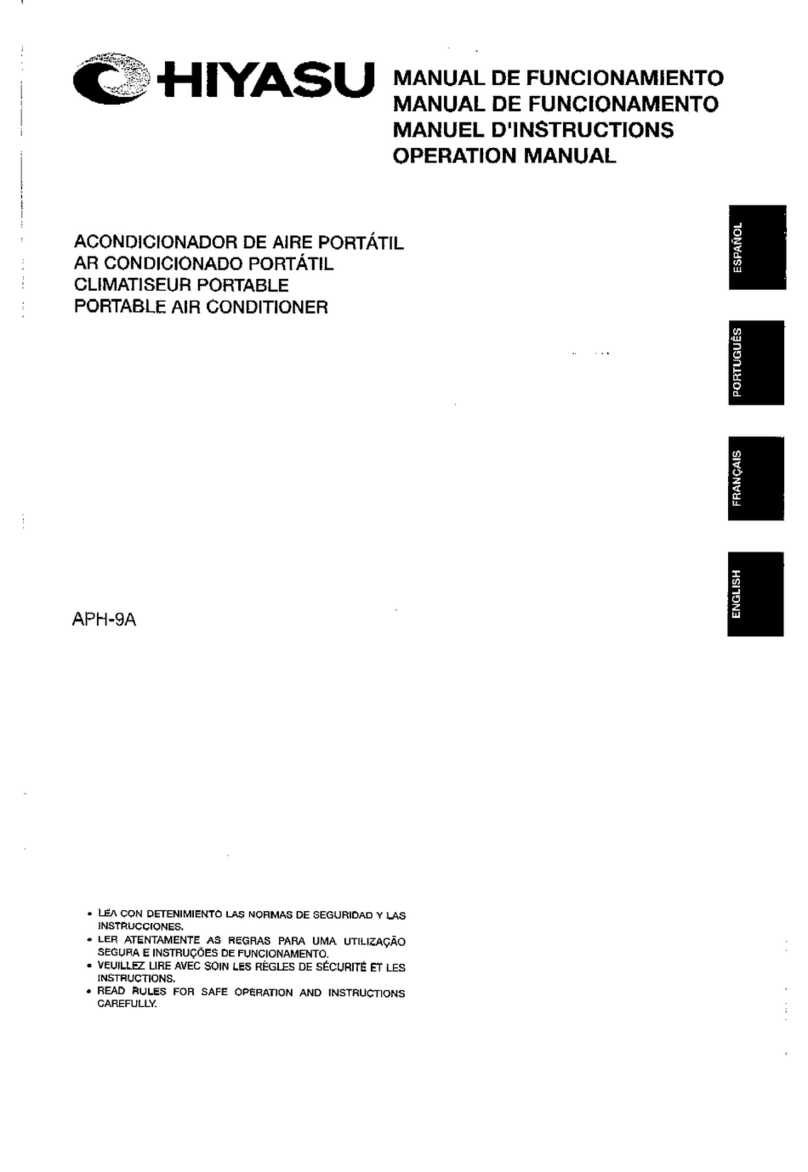
Hiyasu
Hiyasu APH-9A User manual
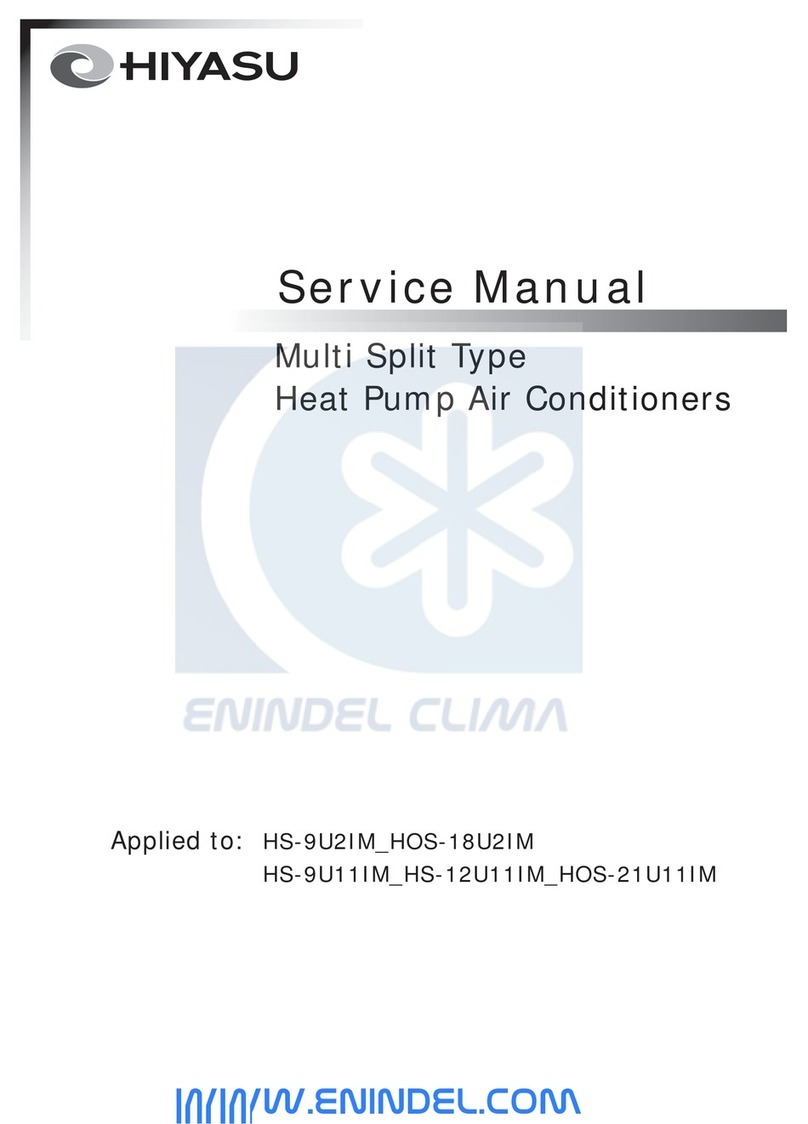
Hiyasu
Hiyasu HS-9U2IM User manual
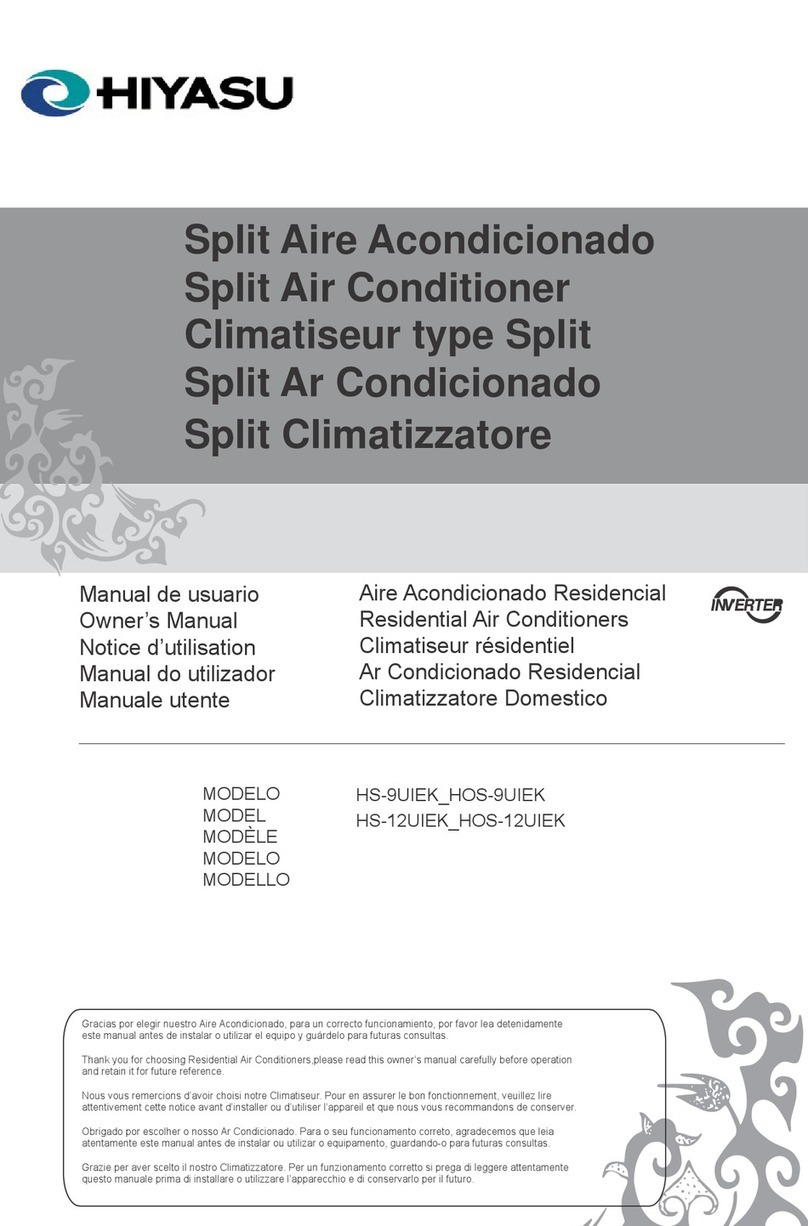
Hiyasu
Hiyasu HS-9UIEK User manual
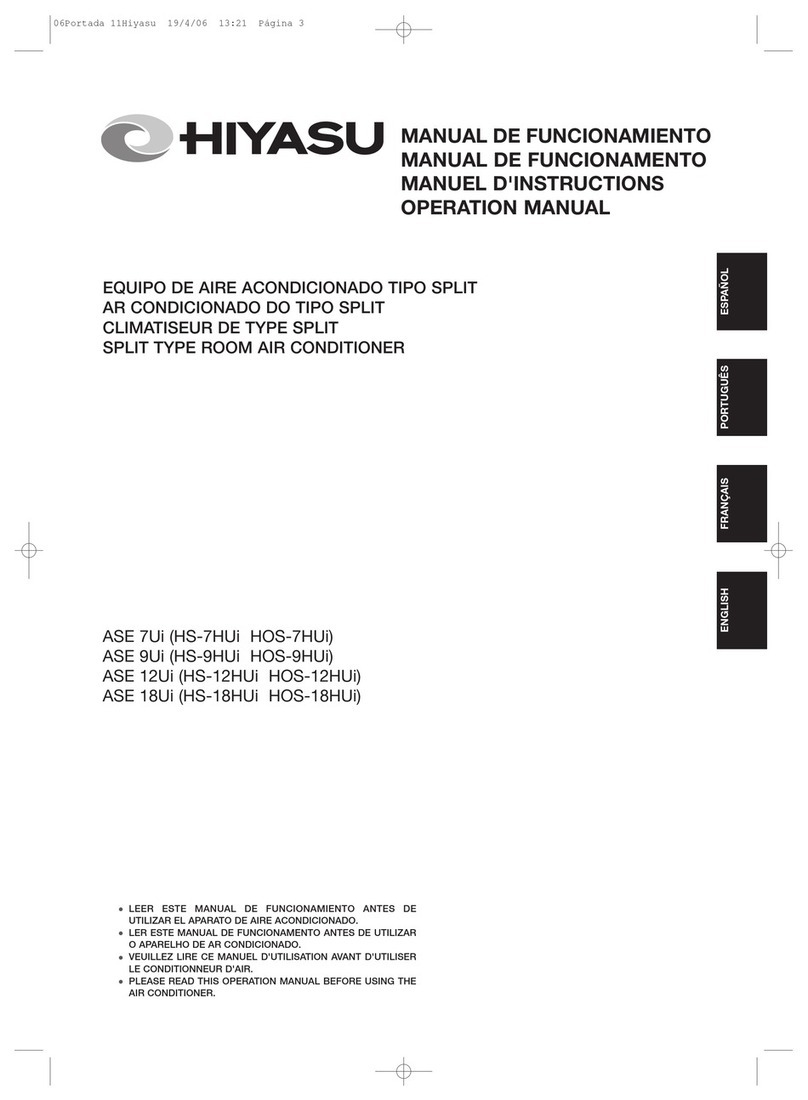
Hiyasu
Hiyasu ASE 7Ui User manual
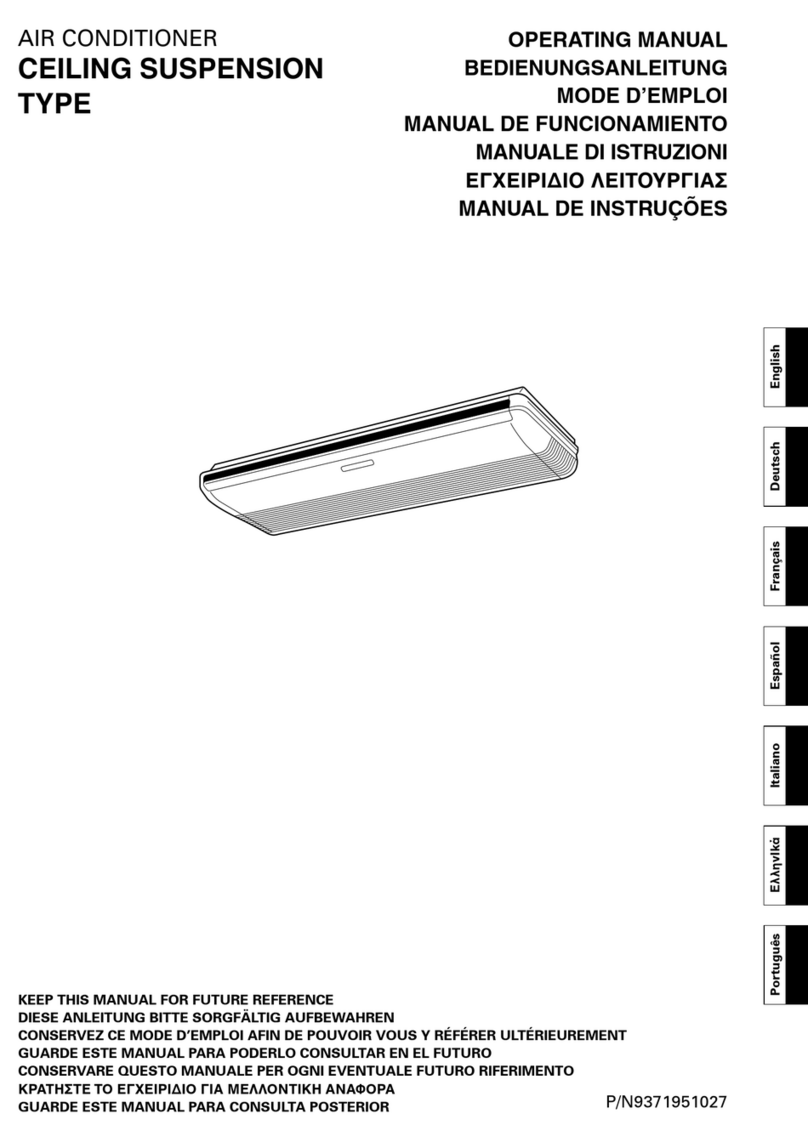
Hiyasu
Hiyasu ABH30UI User manual
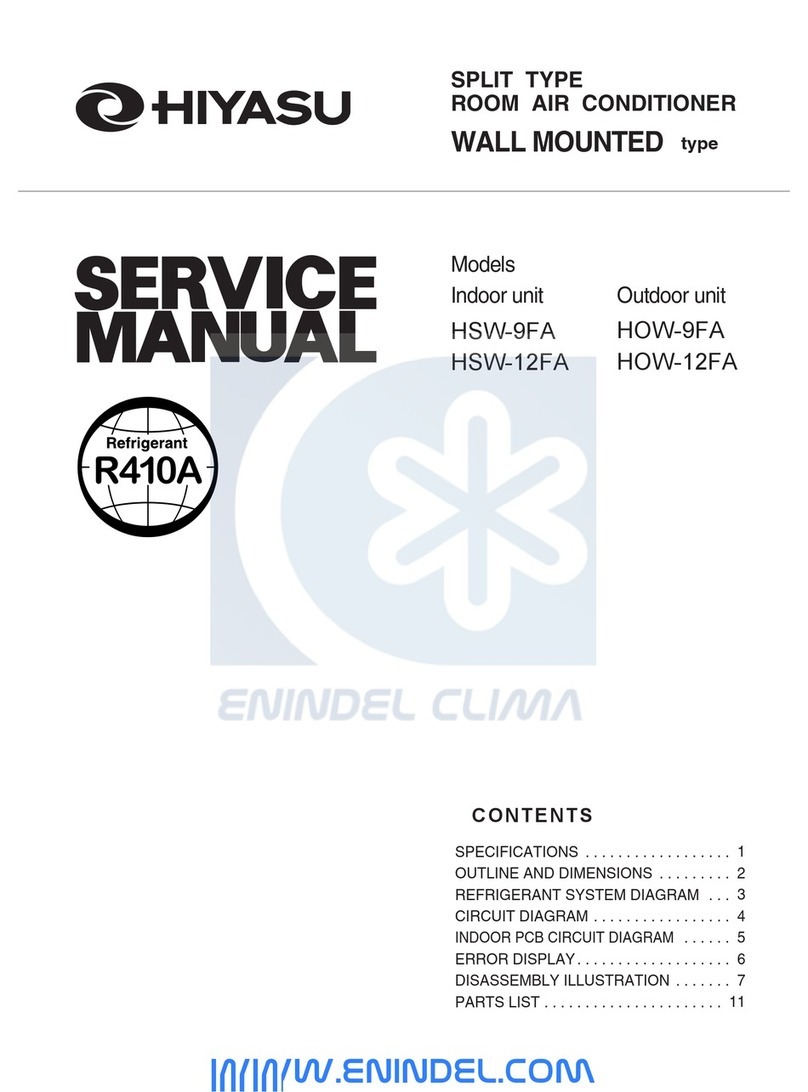
Hiyasu
Hiyasu HSW-9FA User manual
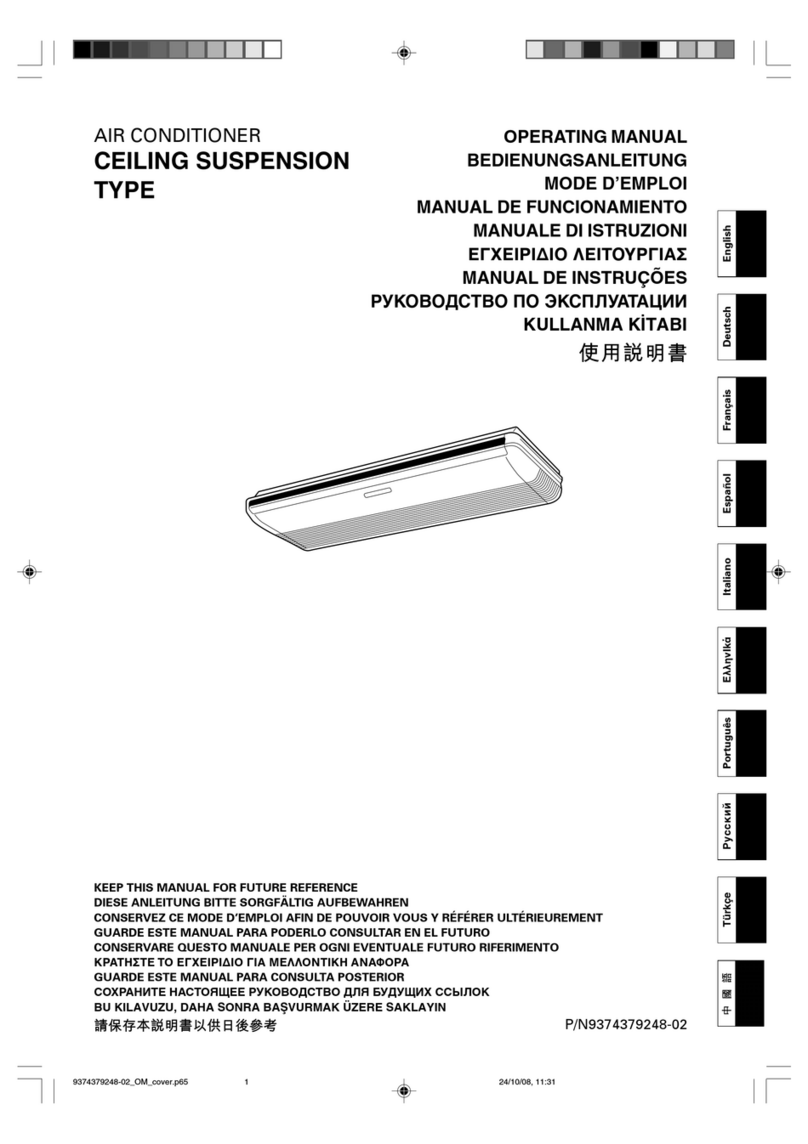
Hiyasu
Hiyasu ABH36UIAT User manual
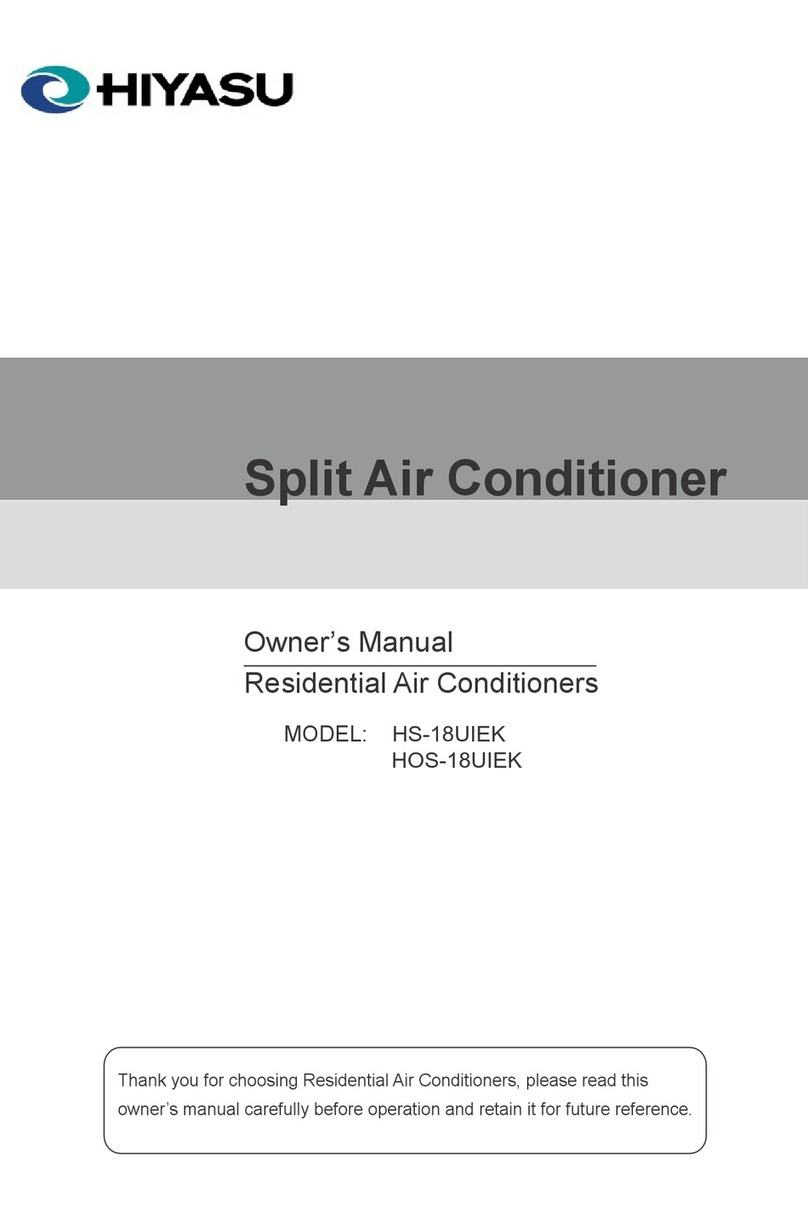
Hiyasu
Hiyasu HS-18UIEK User manual
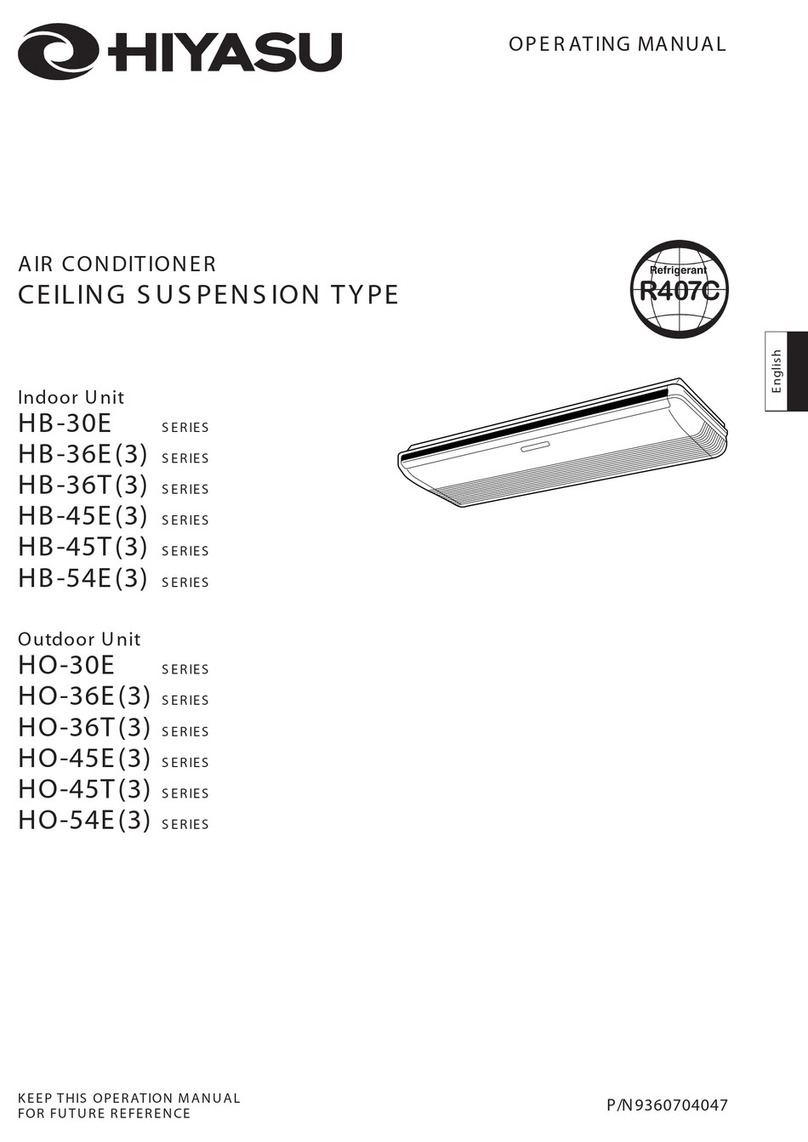
Hiyasu
Hiyasu HB-30E Series User manual
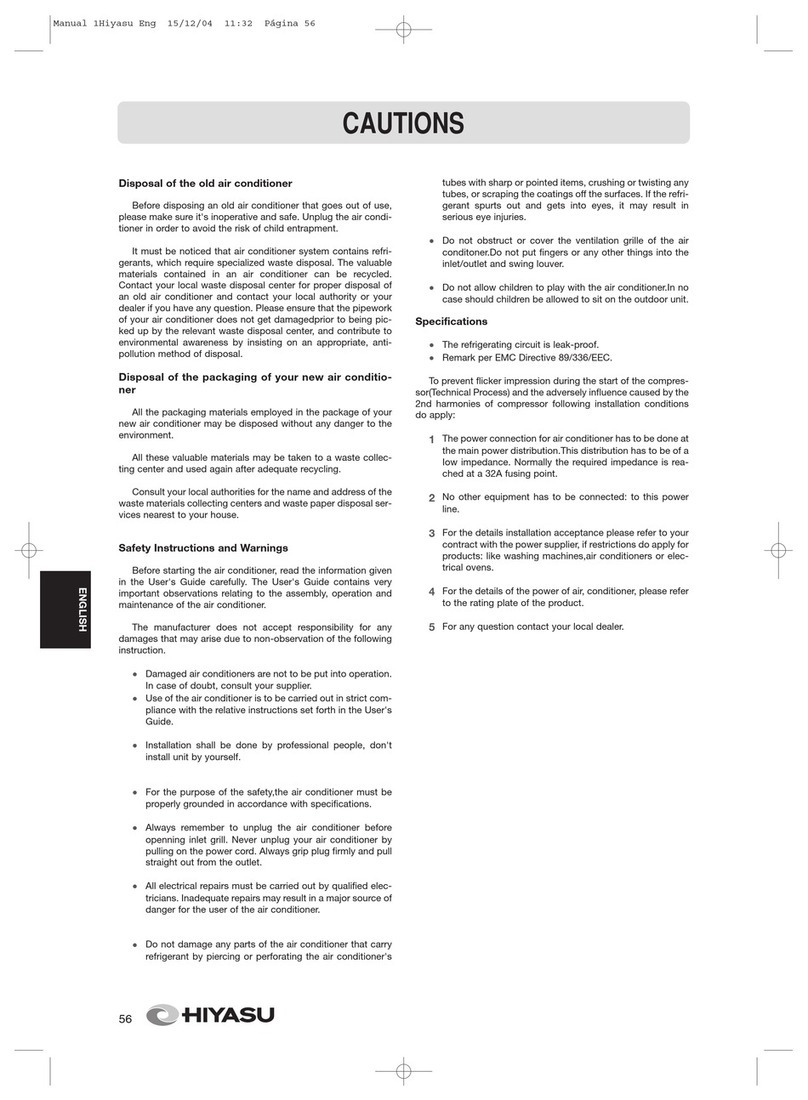
Hiyasu
Hiyasu ASE22U User manual
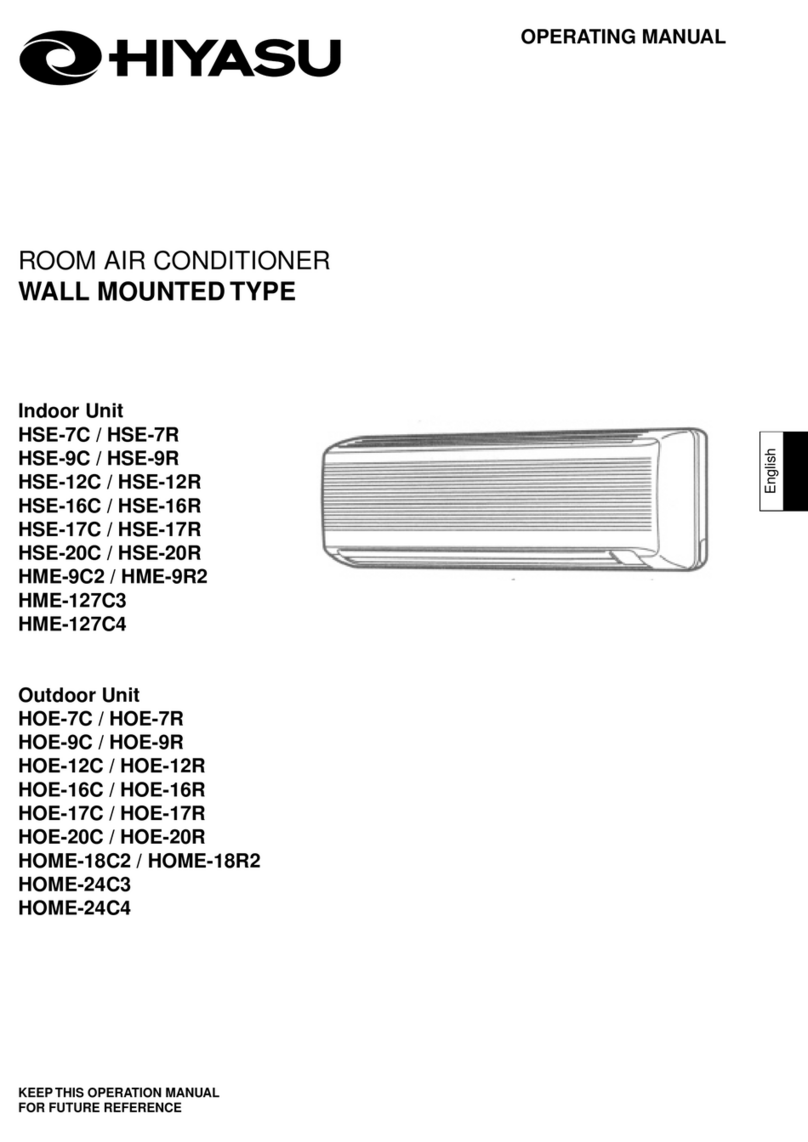
Hiyasu
Hiyasu HSE-7C User manual
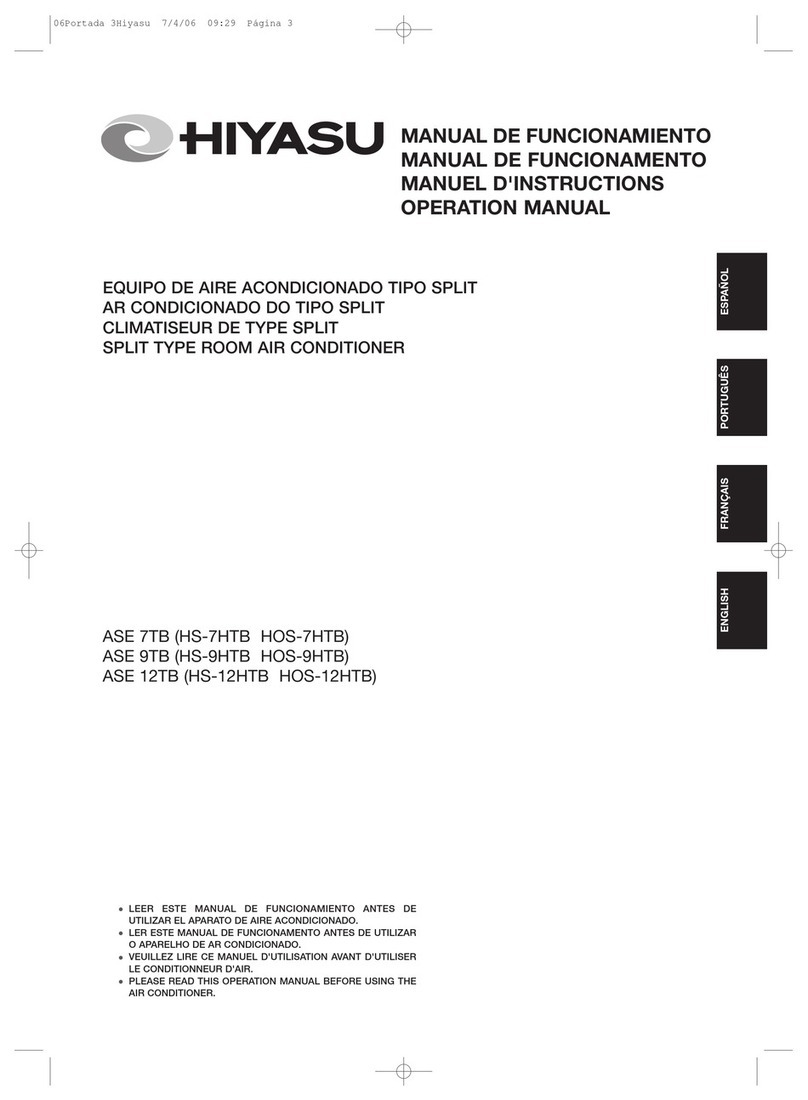
Hiyasu
Hiyasu ASE 7TB User manual
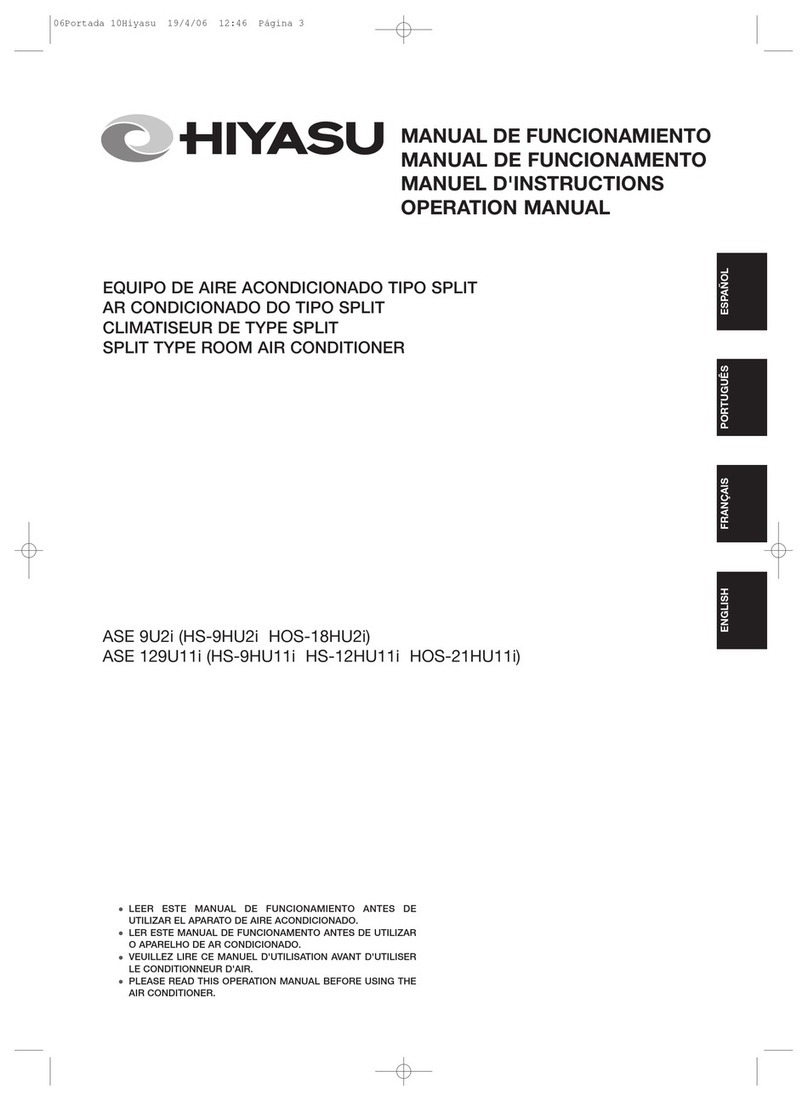
Hiyasu
Hiyasu ASE 9U2i User manual

Hiyasu
Hiyasu AQUH/C 24-54 Series User manual
Popular Air Conditioner manuals by other brands

CLIMAVENETA
CLIMAVENETA a-CHD U-2T 606+2209 OPERATING AND INSTALLATION Manual

Mitsubishi Electric
Mitsubishi Electric MSZ-GE25VA operating instructions
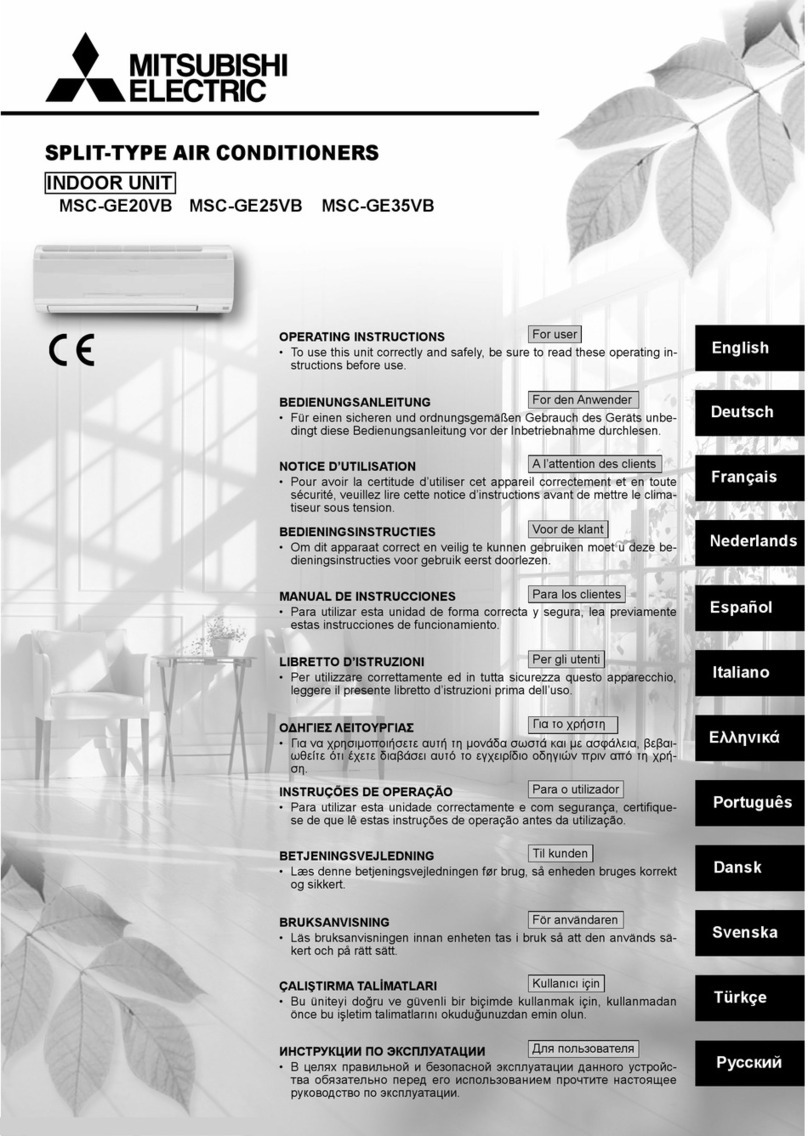
Mitsubishi Electric
Mitsubishi Electric MSC-GE20VB operating instructions

Daikin
Daikin Super Multi Plus E-Series CTXG50EV1BW user manual

Samsung
Samsung AJ NBNDEH Series user manual
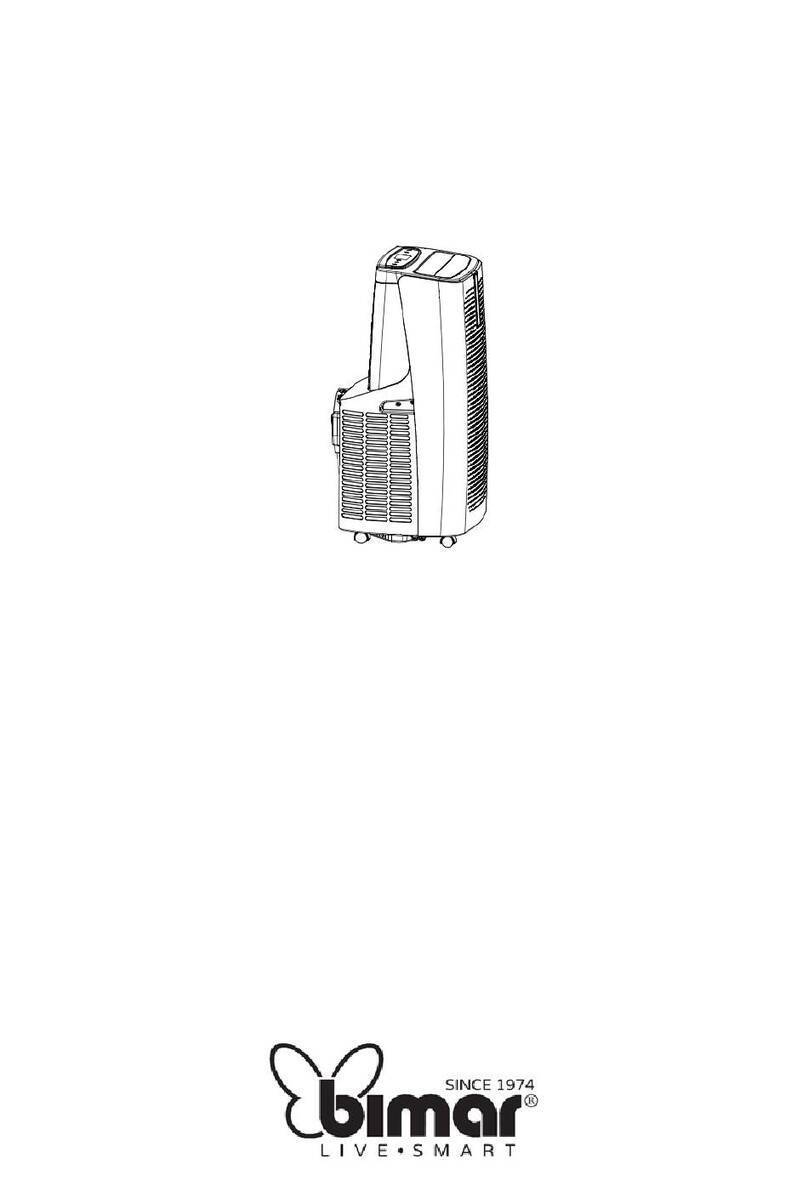
Bimar
Bimar CP120 Instruction booklet
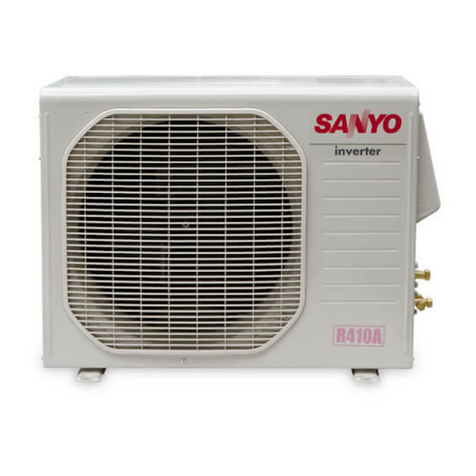
Sanyo
Sanyo CH0971 Technical & service manual

Dometic
Dometic FreshWell3000 installation manual

Panasonic
Panasonic CS-KE12NB41 installation instructions
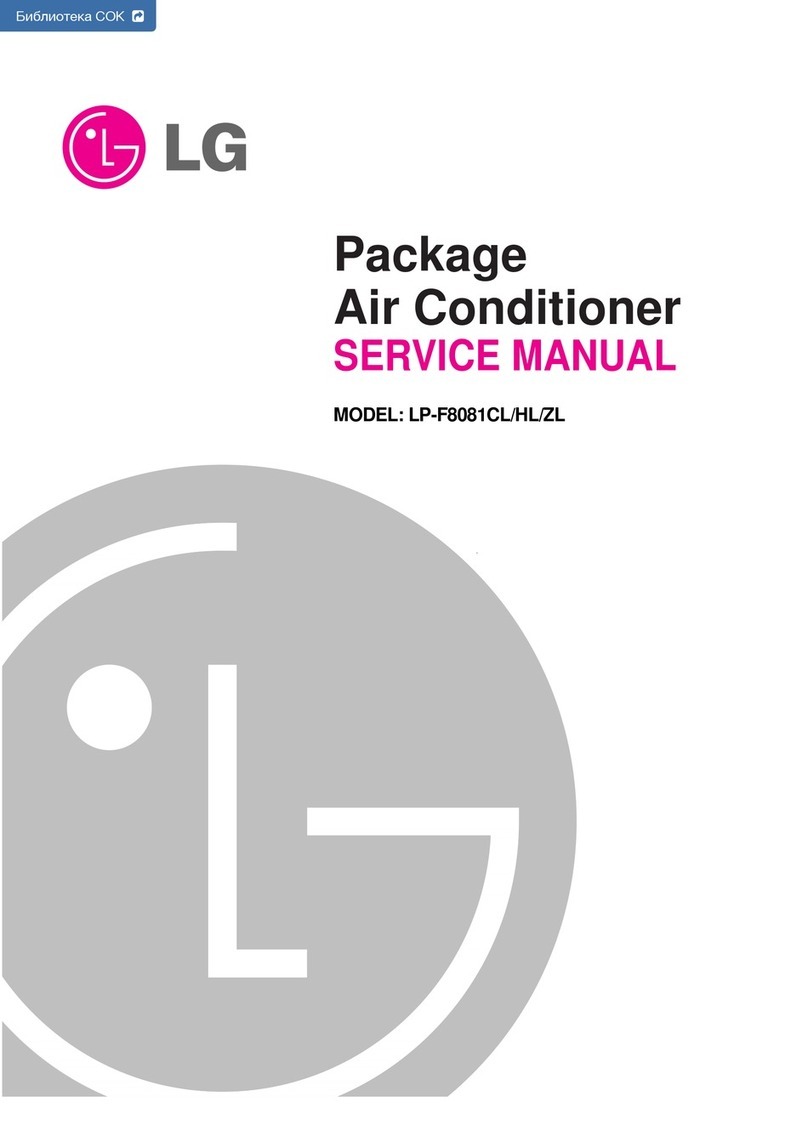
LG
LG LP-F8081CL Service manual
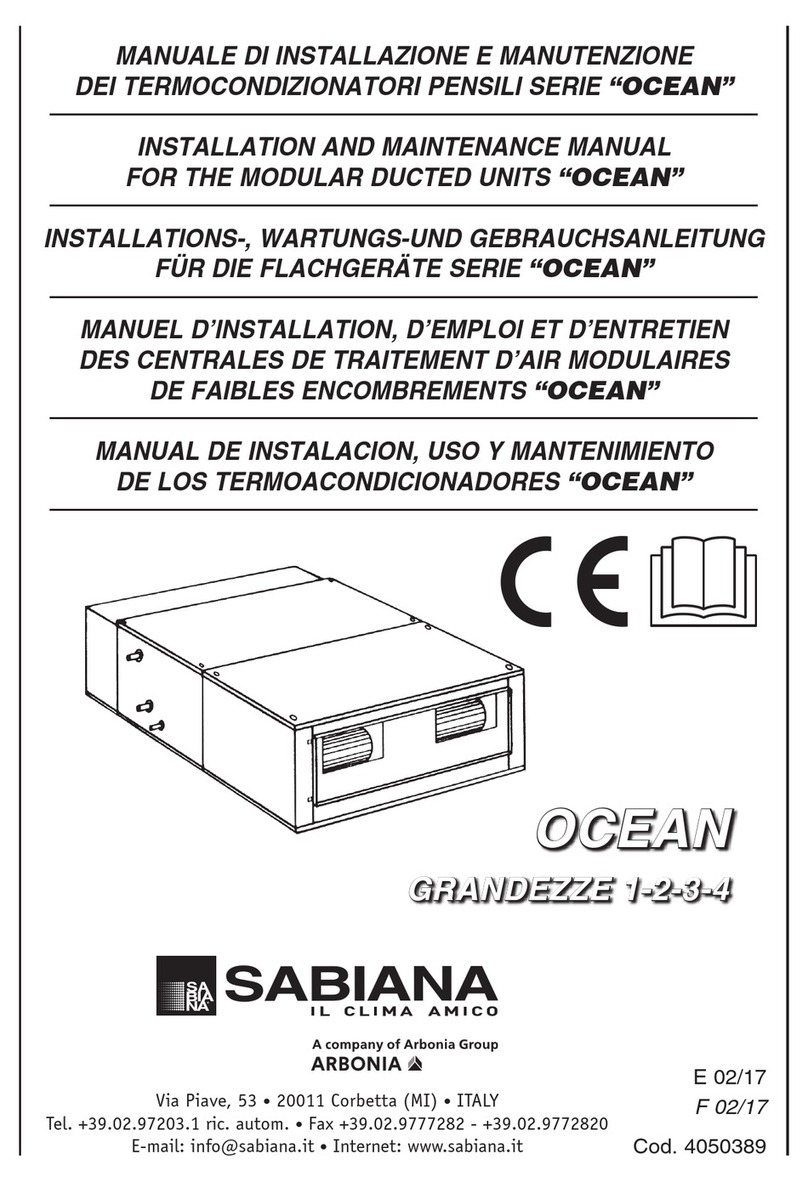
Arbonia
Arbonia SABIANA OCEAN Series Installation and maintenance manual
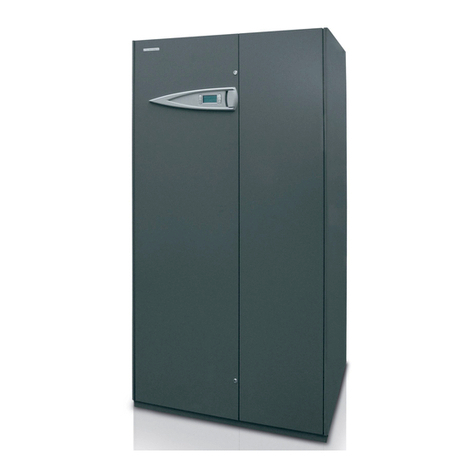
CLIMAVENETA
CLIMAVENETA i-ACCURATE i-AX Installation manual - user and maintenance
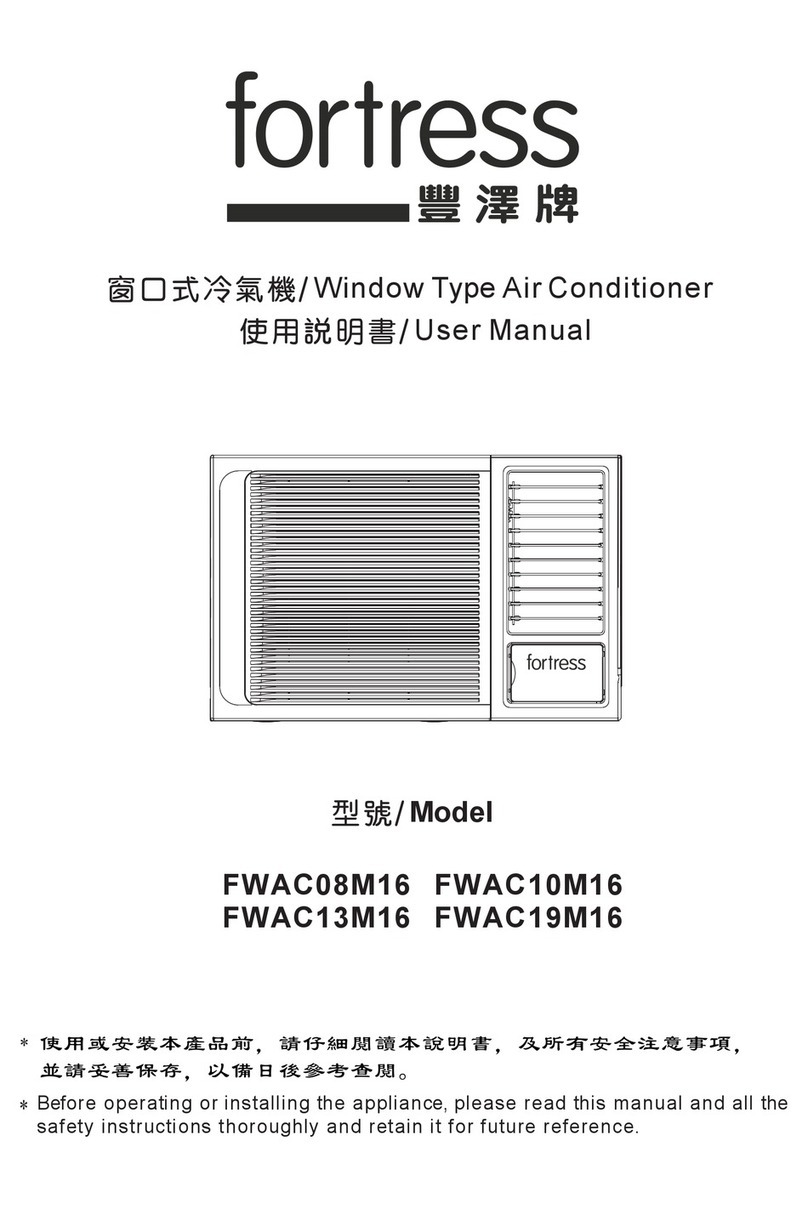
Fortress Technologies
Fortress Technologies FWAC08M16 user manual
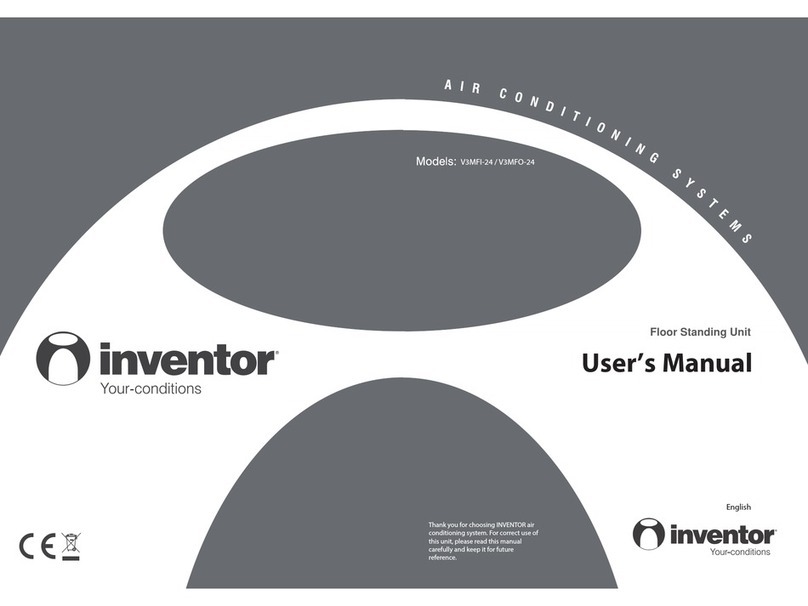
INVENTOR
INVENTOR V3MFI-24 user manual
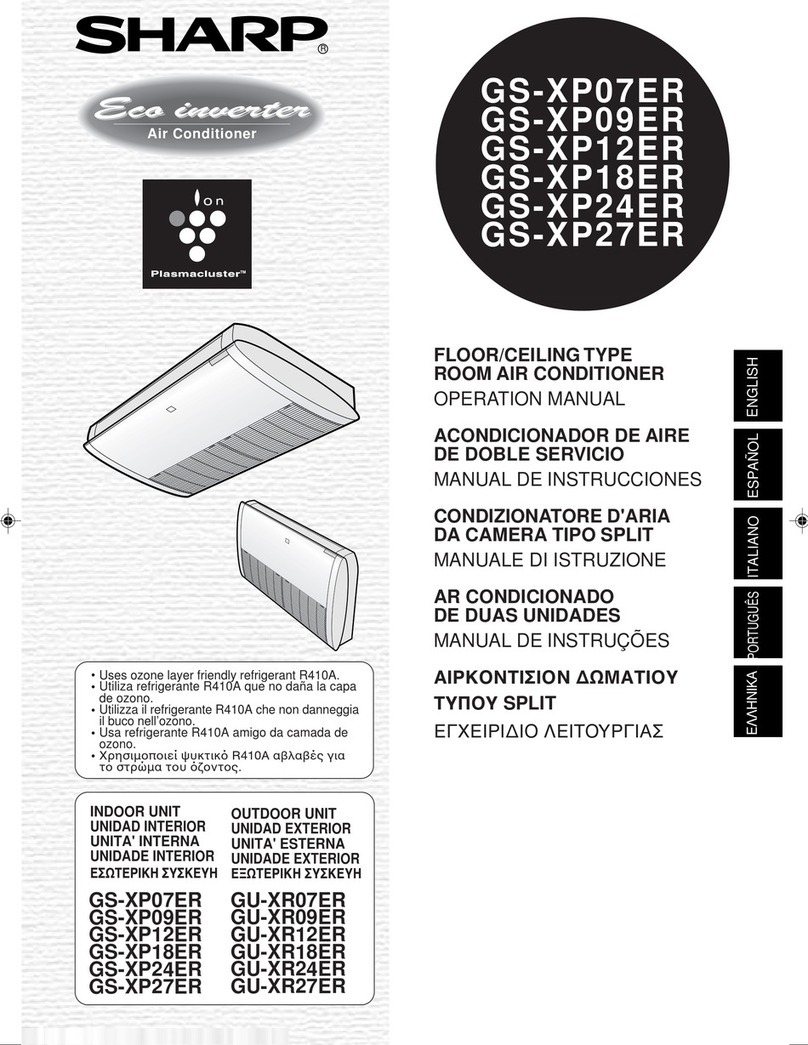
Sharp
Sharp Plasmacluster GS-XP07ER Operation manual
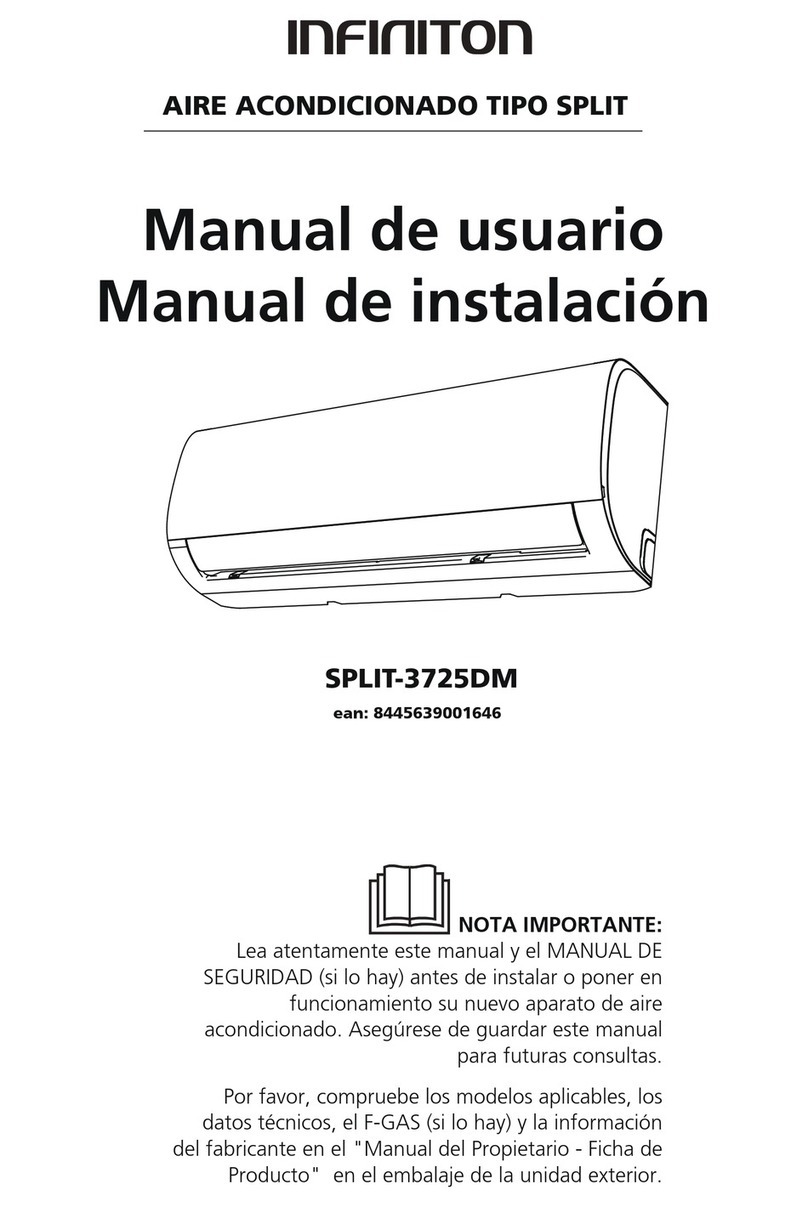
Infiniton
Infiniton SPLIT-3725DM Owner's manual & installation manual
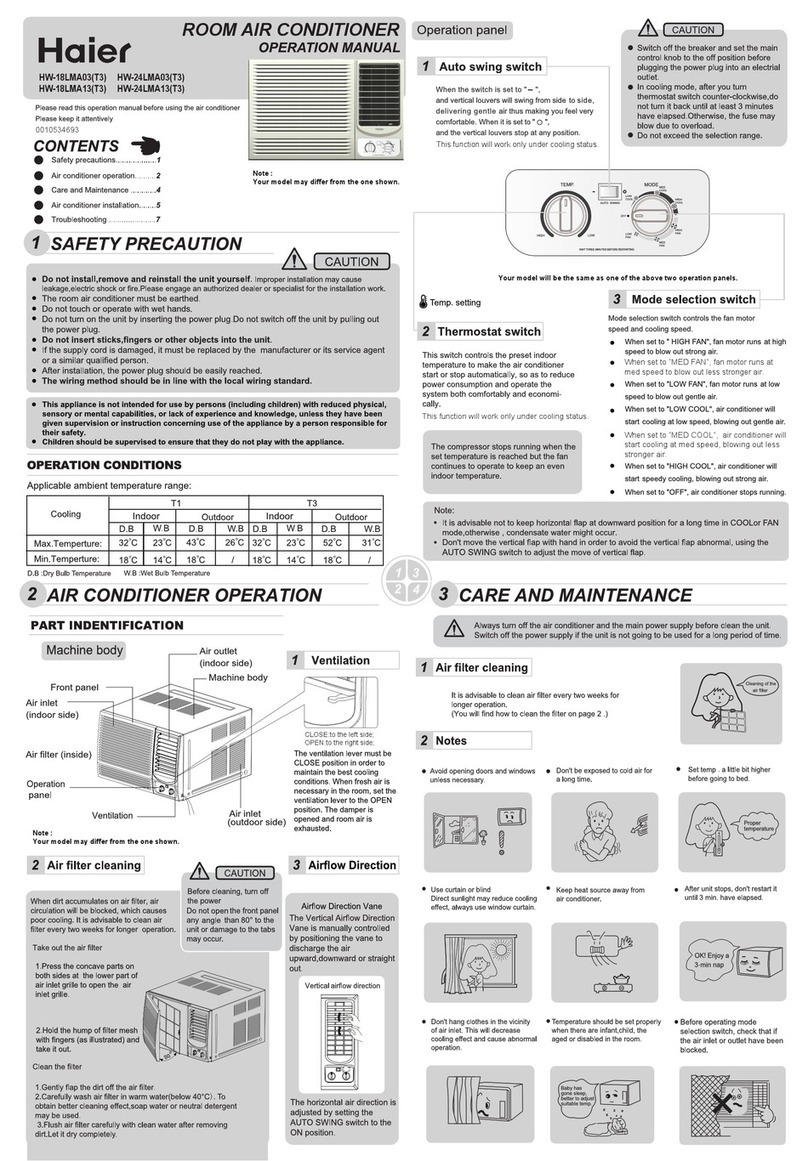
Haier
Haier HW-18LMA03(T3) Operation manual

Tokyo Gas
Tokyo Gas MISTY IBD-4110ACSKJ3M manual
